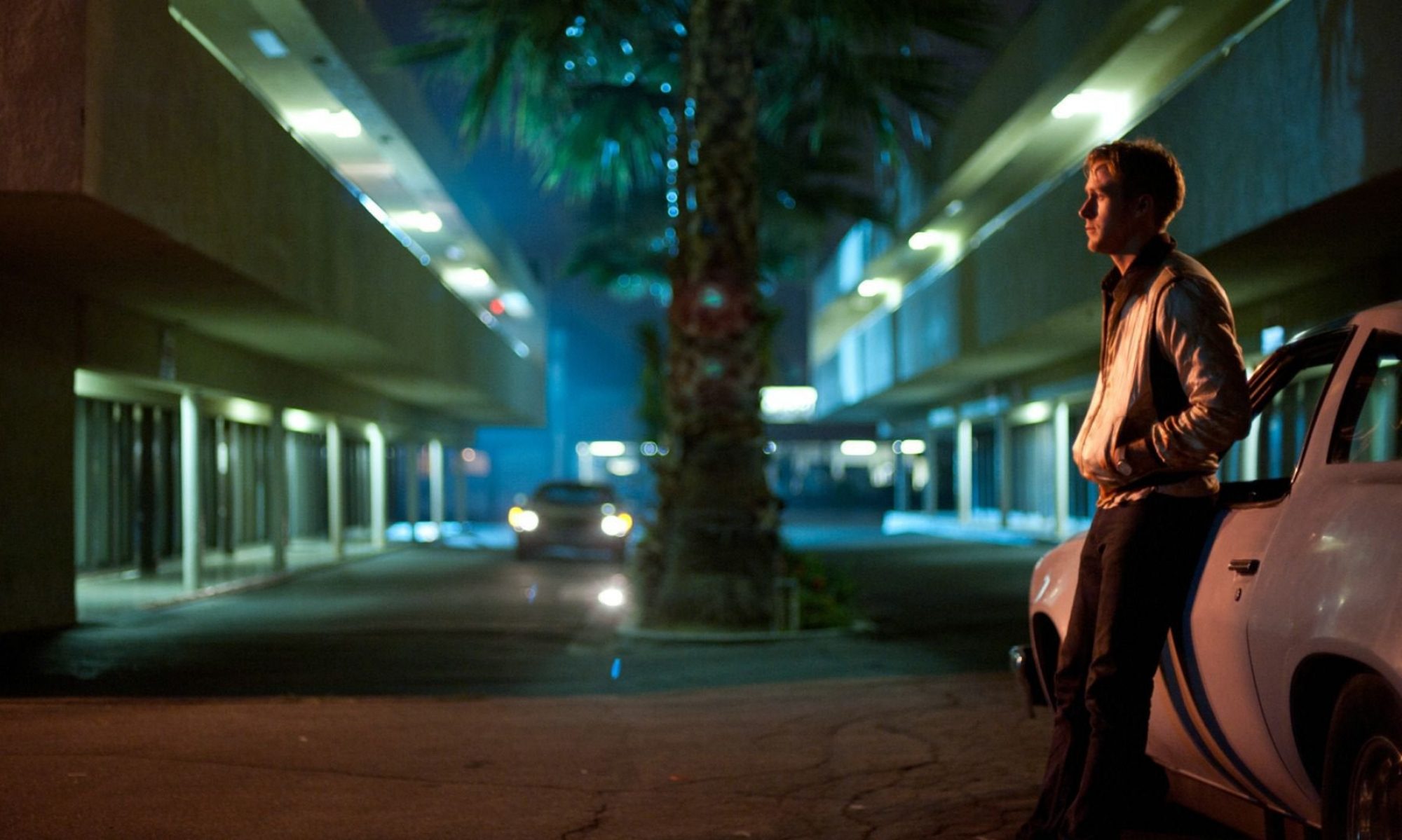There’s ending montages. And then there’s the Tinker Tailor Spy ending montage.
For a film that has spent its running time exploring the subtle intricacies of spying, hiding and betrayal amidst the grey palettes of 70s London, the bombastic sounds of Juilio Iglesias’ bombastic and joyous rendition of La Mer comes straight out of the blue.
The montage takes place after George Smiley has rooted out the mole from the circus, with Percy Alleline and the rest of his men cast out after Smiley has exposed Operation Witchcraft as a ruse. We return to the Christmas party scene for the second and final time, with Iglesias’ song now entering the soundscape. As with our last two visits to this area, music holds pivotal significance to the wider narrative. While La Mer itself is a fairly traditional love song, the accompanying images suggest otherwise, as Jim Prideaux’s inviting stare is politely rebuffed by Bill Heydon.
On a more epic level at this point in the story, the song could signify Smiley’s Odyssean journey and final rise to power, having defeated his enemies and come back to his ‘Penelope’ (we see Ann just out of shot as Smiley returns home later in the montage). With the use of music in the third party scene, speech is literally submerged by Iglesias’ voice, and we have to rely on facial expressions to cultivate meaning. As with the previous two party scenes, this area marks the point where political and sexual relationships overlap, and the three individual scenes ultimately represent an intricate triptych that deciphers the film’s key mysteries. Admittedly, Tinker Tailor is definitely a film that benefits from multiple viewings, but the party becomes a microcosm for the film’s wider events.
In the first party scene, for example, the musical cue we receive is from Sammy Davis Jr’s parodic ‘The Second Best Secret Agent in the Whole Wide World’, where Anne kisses Smiley before casting a glance in Heydon’s direction, shortly before we witness Prideaux cordially greeting Heydon again. The scene essentially sets up Heydon’s role as the secret agent, simultaneously duping Smiley and Prideaux with Ann and essentially cementing their current positions as ‘Second Best’ while he plays both of them. This betrayal is confirmed in musical form during the second party scene as the crowd begins to sing the Soviet national anthem and Smiley searches for Ann, eventually moving to a glass window to discover his wife with Bill. Working as a double agent, Bill confounds Smiley’s suspicions with his extramarital relations. We also briefly hear Charlie Rich’s ‘The Loudest, Proudest Fool’, another keenly apt tune for Smiley whose opening line reads ‘She did not see things my way’.
It’s the final montage, however, where the triptych comes together. We open on Prideaux as we read his first suspicions about Heydon on his face, which are about to be confirmed in private as Heydon retreats to target Ann and fulfil the needs of his foreign masters. One of the many elements that Tinker Taylor captures so well is glances, and the act of seeing without really seeing. Smiley is blindsided by Heydon’s actions (as Heydon previously informs Smiley while incarcerated, he ‘couldn’t see me straight’), and Prideaux couldn’t allow himself to believe Heydon’s guilt despite what he saw in front of him. Prideaux’s eyes finally see truth, however in the following images that jump ahead to him preparing to shoot Heydon in his prison. Through powerful use of the Kuleshov effect (a technique in which images of facial expressions are edited together to encourage emotional response), glances are exchanged between the two men once Heydon spots Prideaux observing him through the scope of a sniper rifle. The camera angles suggest that the men are looking at each other as Prideux fires the killing shot, with a tear of blood falling down Heydon’s cheek, and the camera returns to Prideux’s still expression as a genuine tear falls down his own face. It’s small, sad, understated details like this that work effectively against the seemingly positive sounds of Iglesias’ vocals.
This single tear is contrasted by the downpour of rain that drenches Ricky Tarr as he waits in vain, another romance that is doomed and gone. While Tarr is clearly free, the way in which he is shot behind bars aligns his imprisonment to that of Haydon’s, unable to escape his past or return to his lover. Bars are then swapped for glass and nostalgia as the montage switches to Connie Sachs staring out a window, with the reflection of leafy trees clearly on the surface. It then transitions to Heydon’s corpse lying on a pile of leaves, evoking Sachs’s old quotes to Smiley about the Cold War being ‘a good time’ and Bill Heydon and Jim Prideux as ‘the inseparables’, with one of her ‘lovely boys’ now dead and the other broken and betrayed. The glass that Sachs ‘looks’ through is rose-tinted.
After the doom of these relationships, Smiley’s is finally restored with his wife’s return, and the moment of Smiley sitting down at the head desk of the Circus in time to the claps that accompany the end of Iglesias’ song is a genius bit of sound design. No words required.
